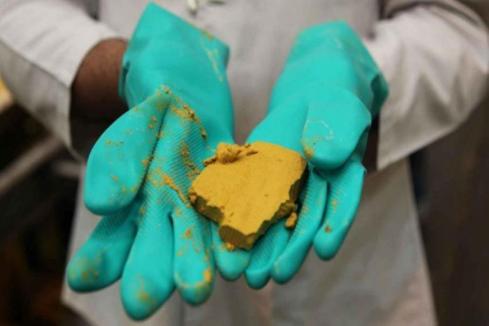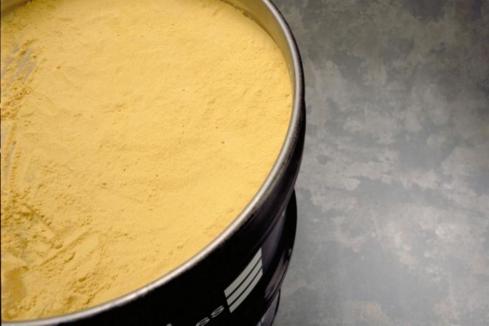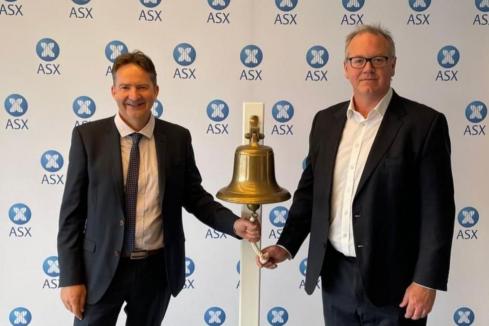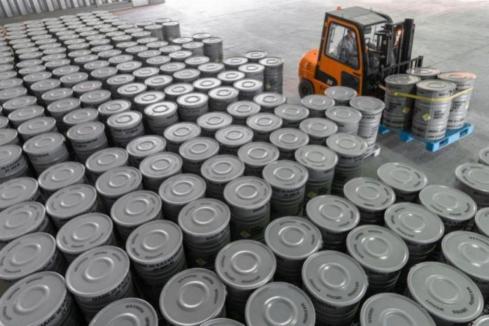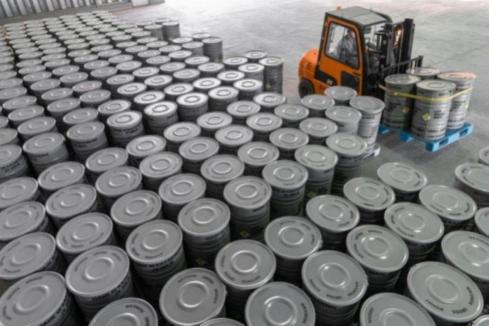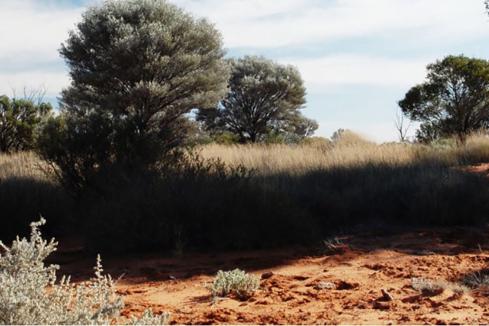This week’s Bulls N’ Bears profiled ASX runner is… Kula Gold. Its share price jumped more than 184 per cent to join other impressive companies including MetalsTech, Firebrick Pharma and Cooper Metals.


In the wild world of mining, project and tenement naming comes through with various levels of care and meaning.
For example, Toro Energy’s nickel project in Western Australia’s Goldfields region gives a nod to the AFL’s recent three-time premiership-winning Richmond team, with prospects including Dimma (coach Damian Hardwick), Jumping Jack (star forward Jack Riewoldt), Houli Dooley (defender Bachar Houli) and Dusty (20017 Brownlow Medallist Dustin Martin).
Then there is Legend Mining, which defers to some of Australia’s most notable thoroughbred racehorses in only recently-passed stallion Magnus, who won prizemoney of some $1.14 million, and also the mighty Octagonal. “The Big O” was the 1995 Cox Plate champion and the 1996 Australian Horse of the Year.
At the other end of the spectrum, ground is sometimes randomly named with simply a letter or a set of numerals.
And then there is Kula Gold, which had a share price running as fast this week as the classic Ford cars its tenements are named after. Its stock jumped more than 184 per cent to reach 3.7 cents from a previous close of 1.3c after it outlined a series of promising lithium drill targets at its Kirup and Brunswick projects that surround the famous Greenbushes mine in WA’s South West region.
But back to the naming of tenements including Mustang, Falcon, Thunderbird and Cobra and the story goes like this…
A Kula geologist was going about his first mapping expedition at the company’s Kirup operation in June when a farmer came flying along in his flashy red Mustang before screeching to a halt to inquire about the goings-on. The geologist must have, for a moment, thought he’d imbibed in a little too much of the town’s famous Kirup Syrup when he saw the unusual sight of the hot rod tearing towards him on a typically understated WA countryside road.
In any case, it prompted a naming convention and Kula says it now has its focus on its Cobra lithium prospect where recent mapping and sampling has extended the strike length to about 3km and a width of up to 500m.
But the important thing to note here is the proximity to Greenbushes. In case you have been living under a rock for the past 20 years – or maybe even under a pegmatite – the Greenbushes mine is widely considered to be one of the world’s premier lithium mineral assets and has a long history of mining dating back to the late 1800s. The deposit has a resource of 360 million tonnes at a grade of 1.5 per cent lithium oxide. That’s seriously good.
The first lithium mining began at Greenbushes in 1983 and by 2021, it was producing about 38 per cent of the world’s hard-rock lithium product. In the 2022 financial year, the mine produced 1.14 million tonnes of spodumene concentrate.
It is hard to believe such a massive historic accumulation of lithium would be a lone outlier, so if Kula can find a substantial amount of the battery metal at its Brunswick or Kirup projects, the recent share price surge could well be justified.
Now, what gets a share price humming more than picking up land in Canada’s James Bay? A scoping study – and a pretty good one at that, in this instance.
Slovakian gold explorer MetalsTech revealed an impressive report into the economics of its Sturec gold mine and its potential to become a low-cost gold and silver producer. Its share price leapt more than 204 per cent to touch 36.5c from a previous close of 12c following the news.
The report shows an annual average EBITDA of US$90.36 million (AU$139.25 million), a post-tax internal rate of return at 97 per cent based on a CAPEX of US$95.4 million (AU$147 million) and an all-in sustaining cost of US$926.82 (AU$1428) per ounce of gold equivalent. It is also basing its figures on a relatively modest gold price of US$1850 (AU$2850) per ounce and US$23 (AU$35) per ounce of silver. MetalsTech has reported a mineral resource estimate at Sturac of more than 8 million tonnes at 1.22 grams per tonne gold and 10.11g/t silver.
The area also has a history of mining dating back to the 8th century. The Slovak Geological Survey carried out extensive exploration in the Sturec area from 1981 to 1987. Then the State-owned company, Rudne Bane, operated an open-pit mine at Sturec from 1987 to 1992 and produced 50,028 tonnes of ore averaging 1.54g/t gold.
Slovakia has a pretty war-torn history, but it appears to have bounced back in recent years and by April was ranked as the 47th richest country in the world, with a population of about 5 million. It does have Ukraine on its eastern border, so make of that what you will. And it is also landlocked and that means no beaches.
It should be noted that MetalsTech appeared in this column early last month when it pivoted to add lithium to its portfolio with the addition of its Sauvolles project in … um… James Bay. At that time, the company stacked on 76 per cent to hit 26.5c, up from the previous week’s 15c close.
Now you know this column loves a med-tech success story, but this one is a doozy and may take a while to explain. Essentially, Firebrick Pharma – a company investigating its Nasodine nasal spray as a cure for the common cold – launched more than 176 per cent to touch 10.5c this week after a previous close of 3.8c.
In September, the company revealed that the results of its third-phase trials into the effectiveness of the product “did not meet its primary endpoint”. Based on the reported results, the placebo – would you believe, sterile water – performed better than Nasodine.
But skip ahead to this week, Firebrick wiped its nose and released an investor update that showed that an expert study into the previous phase results “points to inaccuracies in trial efficacy data and no efficacy conclusions can be drawn”. It means the company is now planning to market Nasodine as a nasal antiseptic/disinfectant, with sales expected to kick off next year. Brilliant.
To be fair, at the time of the September trial results, executive chairman Dr Peter Molloy did state that, “Given that sterile water has no antiviral properties and povidone-iodine is a proven potent antiviral agent, the reported results of the current trial are inexplicable”.
Eventually, the company told its investors that no conclusions could be drawn from the modelling or its previous investigations as to the cause of the inaccuracies in the 2023 trial data. However, the impact of the COVID pandemic on patient-reported symptoms and quality of life measures used in the study could be a factor.
Investigations into the trial will continue.
Finally, we get to Cooper Metals – not Copper Metals, which is slightly ironic after the company surged more than 139 per cent to reach 33.5 cents from a close of 14c on the back of a massive 50m copper hit at an impressive 1.32 per cent copper from 80m. The significant hit came from the company’s Brumby Ridge copper-gold deposit and is the best assay result from its Mt Isa East copper-gold project in Queensland.
Now, I know I have just written copper a lot but the company’s name is actually Cooper Metals.
Follow-up drilling at Brumby Ridge, which began the previous week, intercepted a 72m grading 1.5 per cent copper from 113m to end of hole. Although, it was estimated from portable x-ray fluorescence analysis, so it will be interesting to see what real assays show.
Is your ASX-listed company doing something interesting? Contact: matt.birney@businessnews.com.au







